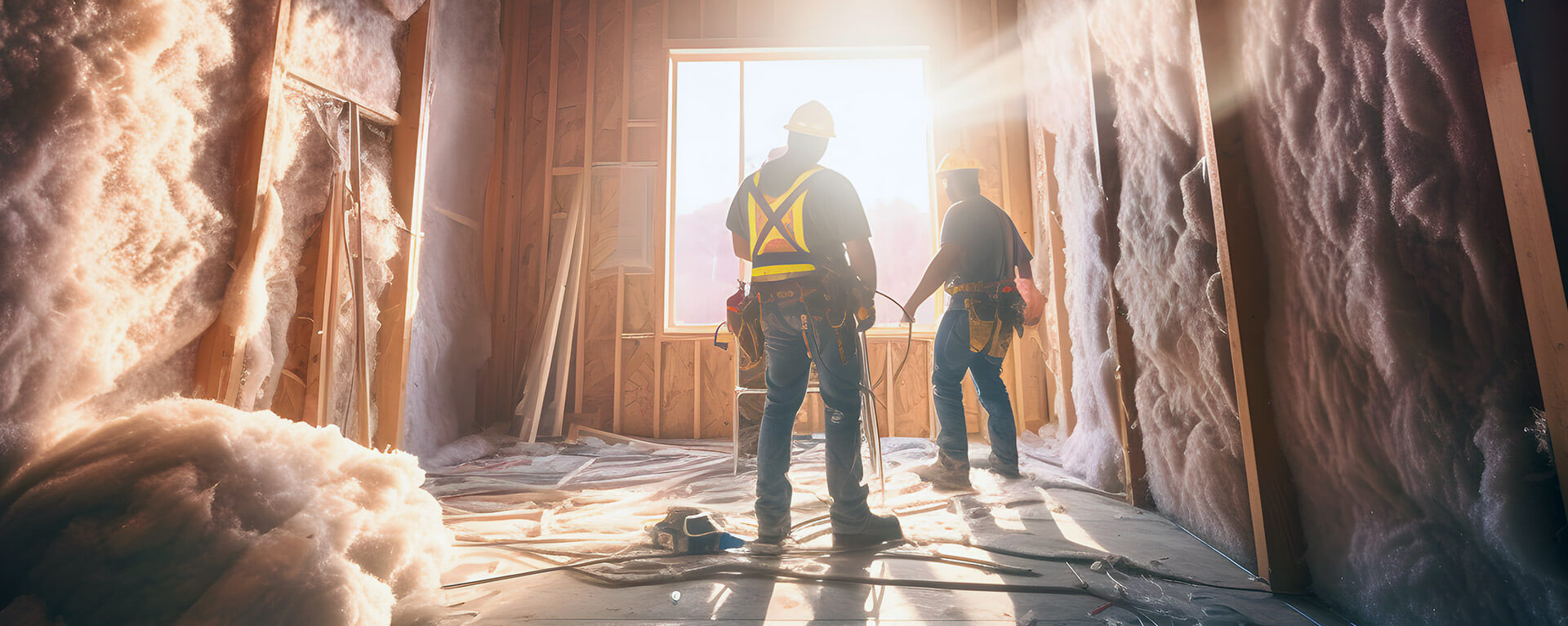
Choosing the best insulation for your home is important for reducing your energy consumption, making your family comfortable regardless of the season and improving your air quality.
Just about everyone is aware of what fiberglass insulation looks like: it’s that pillowy, cotton candy-looking material that you’ll find in walls, the roof or attic crawl spaces. Made of thin spun threads of glass, fiberglass insulation has been a popular choice for decades.
Alternatively, spray foam insulation — a chemical foam that is sprayed into crevices where it hardens — has gained popularity over the years.
But which is best for your home? When looking into replacing your current insulation, spray foam can seem like a more beneficial option — after all, can the fiberglass insulation your grandma used really be the best option in the 21st century? However, the answer isn’t so clear-cut. Read on to learn more about spray foam insulation vs. fiberglass.
No matter what type of insulation you need, the experts at City Wide Insulation are here to help.
Request a QuoteSpray foam insulation is created when combining polyurethane and isocyanate. Because they are mixed as they’re being sprayed, the foam is pliable when sprayed, then quickly hardens.
The most common forms of spray foam insulation used in homes are open-cell and closed-cell formulations. The differences come down to the interior bubbles either harden as holes (open-cell) or are encased (closed-cell). For homeowners, it’s not necessary to know which is being used, but typically closed-cell is used in walls that lead to outside as it has a higher R-value (meaning it is better at reducing heat transference) and is better at dampening noise. Open-cell is usually used on interior walls where some heat transference and noise are less of a concern.
Fiberglass is exactly what it sounds like: glass spun into thin fibers that are combined into sheet or loose fill. Fiberglass insulation works by trapping air within it, slowing the transfer of heat. The thicker the insulation, the better it works, so it can be used in just about any climate.
Because both spray foam and fiberglass insulation work well in any climate and have their own benefits, cost can often be the determining factor.
Spray foam insulation comes off as less desirable when pure cost is the only consideration. The average cost of spray foam insulation is $2.75 to $7.50 per square foot, while the average cost for fiberglass insulation is between $0.30 to $1.50 per square foot.
In terms of whether one type of insulation is far and away better than the other, the answer is no. However, it’s important to understand the various aspects of your insulation options and consider how your insulation is getting installed, no matter what you choose. Turning to the experts, like those at City Wide Insulation, will make sure that whatever insulation you choose is installed quickly and correctly.
NEED HELP OR WANT TO REQUEST A QUOTE? CALL 800-957-9994